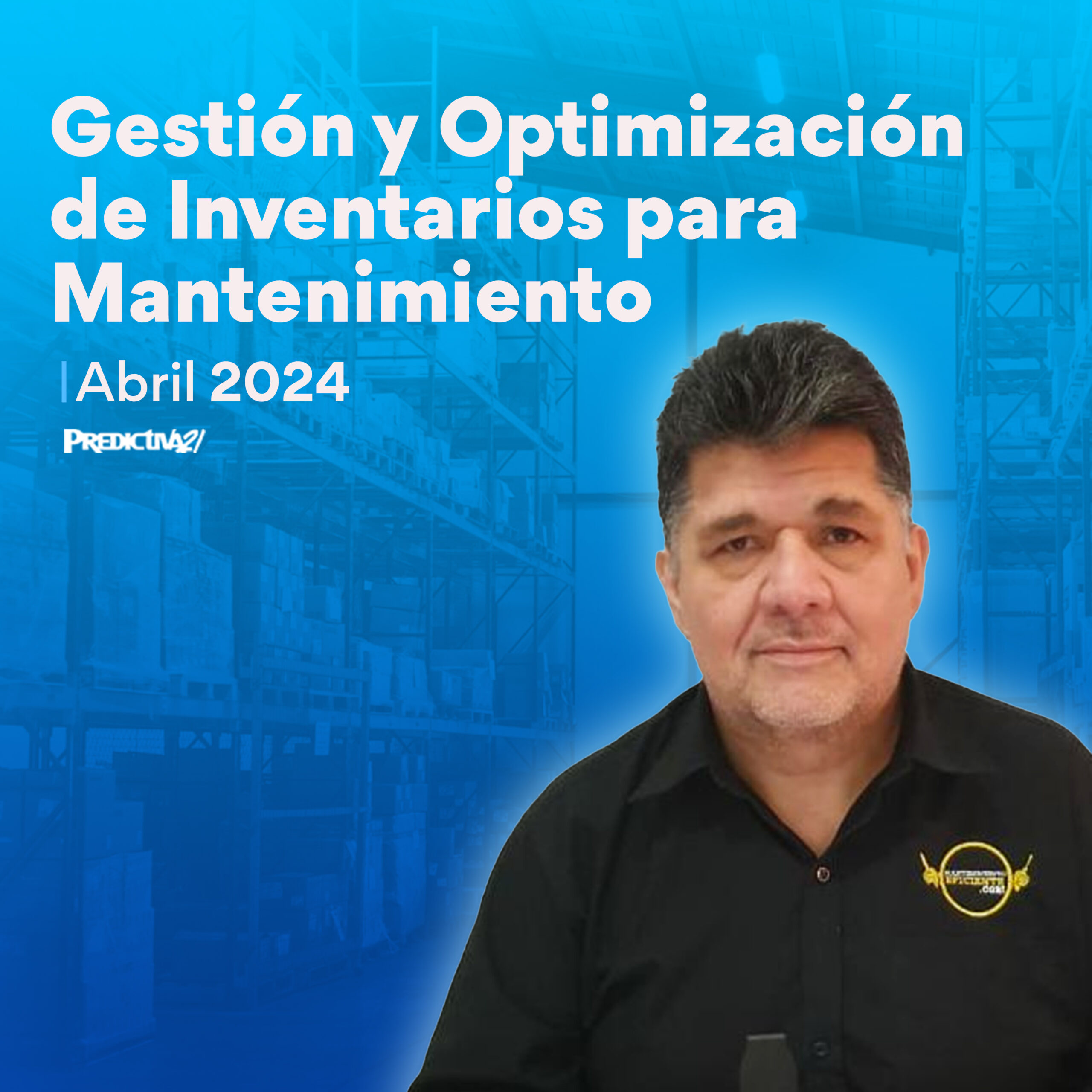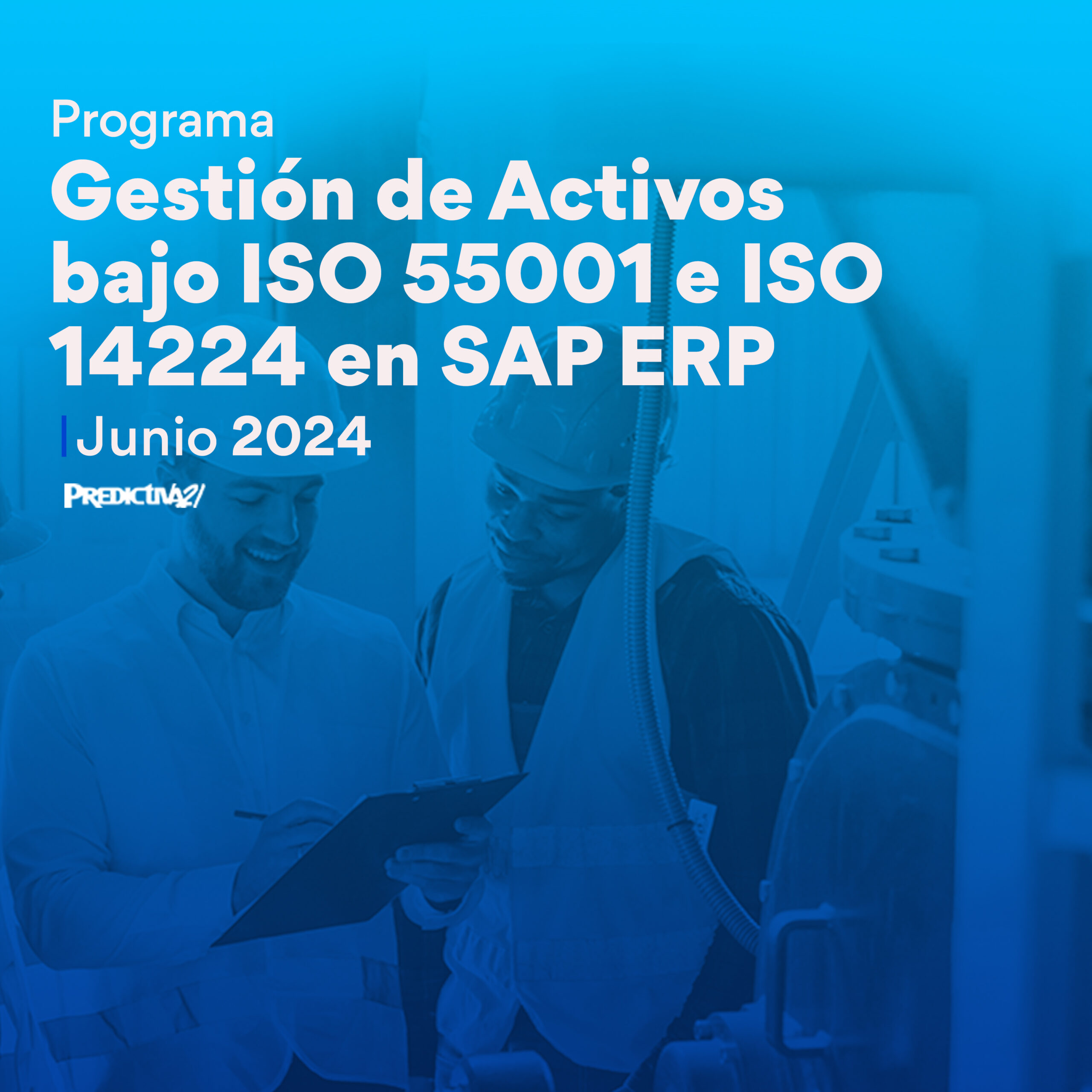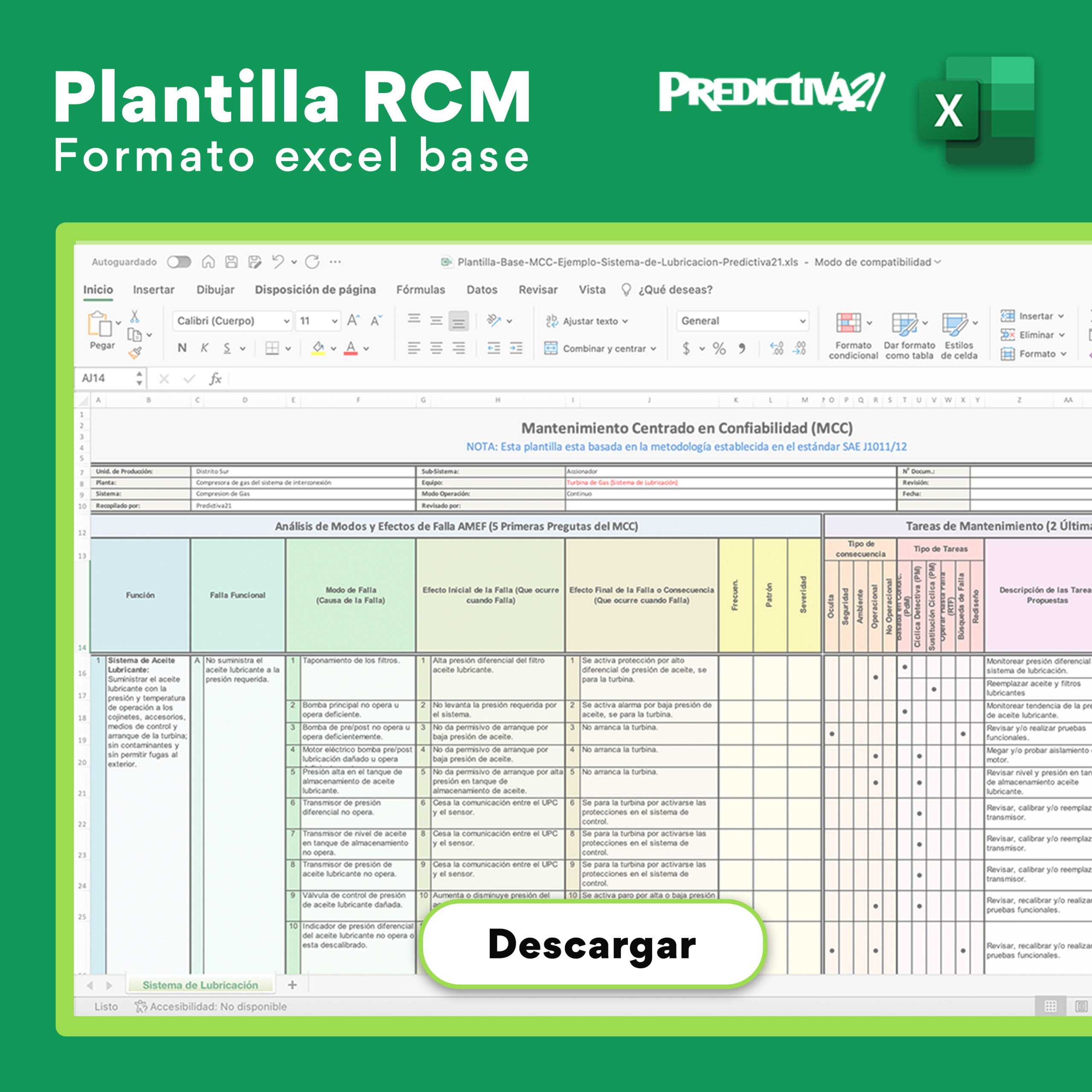President of the ISO (PC251) Committee talked to Predictiva21 about the importance of spreading ISO55000 standard, which meant being part of the board of directors which developed the now expired PAS55 standard, and the significance of having organizations get involved with stakeholders in the issue of quality standards. At the end, in Rhys´s words, “assets management is about deciding where to invest our limited finances, thanks to the well-articulated mechanism that allow the alignment of technical information with financial information.
The International Maintenance Conference (IMC) Daytona 2014 was the perfect scenario to make agreements and meet concerns among the key representatives of Asset Management in the world. One of the most important issues in the event was the approval and application of ISO 55000 standard for asset management. Rhys Davies, President of the ISO Committee (PC251), Vice President of the Chair Group for PAS 55: 2008 and President of eAsset Management Inc., had an exclusive conversation with Predictiva21 about the challenges implied in the application of the new standard, whose application made PAS 55 due, formerly used before ISO 55000 to standardize asset management in the world. Davies, whose brilliant career as specialist in AM includes a variety of industries, among them the air and space, defense, railway, telecommunications, public services and oil industries, considers the expansion of Asset Management culture through information and education a fundamental issue worldwide.
Predictiva21: My first question is: What impact is the ISO55000 standard having on Assets Management worldwide? Has it fulfilled its expectations?
Rhys Davies: Definitely, I think there are a number of objectives coming from ISO to the AM world. The first one is that wanted to engage more widely and get greater input into the standard. Historically, 15 countries have been involved in writing ISO55000. We also have Australians and New Zealanders writing their own very credible information guides. The second objective involves two things: gather good practice, generate consensus on what good practice is, and the second part is to disseminate that good practice. It’s a good mechanism to have management recognized and respected around the world. What we are seeing with ISO55000 is that markets that weren’t previously engaged in the process now are, like USA and Canada, much stronger engaged. Latin America was already strongly engaged, but again, this is expanding. And also we are seeing new markets like Russia, China, France and other Mediterranean countries are recognizing its use and contributing to it. So, did we achieved the objectives? Yes. Definitely.
P21: As a professional in the area, what has it meant to you to take part of writing the standards and details of applicability?
RD: That’s easy to answer. As a professional in any discipline, you want to learn and engage with the best minds in your discipline, and you want to share and discuss practices, and I think we were blessed to be with the ISO55000 community, the best AM minds in the world, and I’ve said it many times before: if you wanted me to write a list of people to help write those standards, we pretty much had everyone on that list. We got new people who were just as enthusiastic and brought new things to the story.
P21: Nowadays, enterprises use the PAS55 evaluation methodology for Assets Management. How is it going to be from now on, with ISO55000? What kind of changes should be applied in measuring these analyses without putting the Asset management as we know it at risk?
RD: The question relates historically to those parts of the world that have used PAS55 and what is going to change with ISO55000. The most of it will remain very similar. I always argue that there were 4 key things in PAS55: having aligned objectives, having transparent and consistent rules for making decisions, taking a long term view, and making those decisions on a risk basis from a position of knowledge. That was all embedded in PAS55. All of those four things remain in ISO55000. So, some of the structure changes, some of the language changes, and other aspects that the organizations were used to are still there on ISO55000. You have nothing to fear. In terms of differences, we have a few things which I think have taken the discipline forward. We now have a much stronger requirement to have the organizations engage with stakeholders, what their expectations are, how they want you to make decisions. I think this is important. We also have a much better definition of life cycle and what constitutes an Asset. And I think what we attempted to do with the application in organizations is that the applications have helped us engage in outsource situations. More and more organizations outsource key activities, and changing those definitions have helped people to share good Asset management with a supply chain. A final thing that has gained a really positive addition to ISO55000 is much stronger financial requirements. So we have requirements to understand what kind of reports we need to do, and we have much stronger requirement on how to align technical information with financial information. Assets management is about deciding where we spend our limited finances, and if we can get technical areas aligned with our financial areas so we are speaking the same language, making decisions based on the same data, that’s hugely beneficial to the discipline, and we are already seeing big improvements on what organizations do.
P21: What differences are there between the PAM and SAM tools? Do you believe that the Assets Management Community can make that transition step between one tool and the other without traumatic consequences?
RD: First of all, we must say that both of those tools are very good. PAM tool was designed to be an assessment methodology against PRO55. The SAM tool is a similar methodology against ISO55000. So the transition from PAM to SAM shouldn’t be so traumatic. I’d like to think in terms of not worrying about the assessment methodology so much as worrying about the contents and the requirements of what constitutes good AM. I see no issue there. The issue is to be sure you chose your assessors carefully, chose the methodology for assessment which derives value to your organization the way you want, and chose the company of assessors. There are a lot of schemes around the IMS, and you have to be careful to choose the right tool.
P21: Finally, ISO5501 explicitly requires demonstration of real practices. How does it impact enterprises that apply AM? What difference is there with the other international standards?
RD: First, all management systems require the same thing. It’s not sufficient to simply have a manual of processes on the shelf. They should be actively used and applied. This is why the schemes in PAM and SAM look in the maturity of application of those processes. I would probably add a third line there, which is existence of processes, application of processes, and then deriving value from those processes, and the reason I add this is because of how organizations apply processes blindly without making sure they derive value from those processes. One of the advantages of AM and ISO55000 over the other standards is that forces focus of attention in organizational objectives to achieve and the value that constitutes those organizational objectives. And then that focus challenges us about what values does this process add to us: how can we make it derive value for our customers and stakeholders and shareholders.
P21: What other elements do wish they had been included in ISO55000?
RD: Other elements about discipline that I think are really good and I wish we could communicate more? Yes. But I don’t believe they should be in ISO 55000 because what’s important in this standard is that we are able to go out to the worldwide community, that the best minds of this community think it’s a common sense line, we have consensus that this is a really good place to start, on what good assets management looks like. I think that if we try to put in everybody’s personal wish list, you end up with something too consultancy-led, it’s not consensus-driven, and that’s not what the standard is about. It’s about going out and saying: This is the common view of what is good, and that would drive in communities and industries and countries. And then, in five year’s time, when we review ISO55000, we will see how those interventions have formed the consensus, and then we can incorporate next time out. That consensus will grow over time, and in five year’s time I think we will have new things that will come in, and I thoroughly expect that there will be things I never thought of, and that’s the exciting thing about consensus-driven approaches.

Text: Alimey Díaz
Photography and press correspondent: Miguel Guzmán
Transcription: Richard J. Skinner



0 comentarios